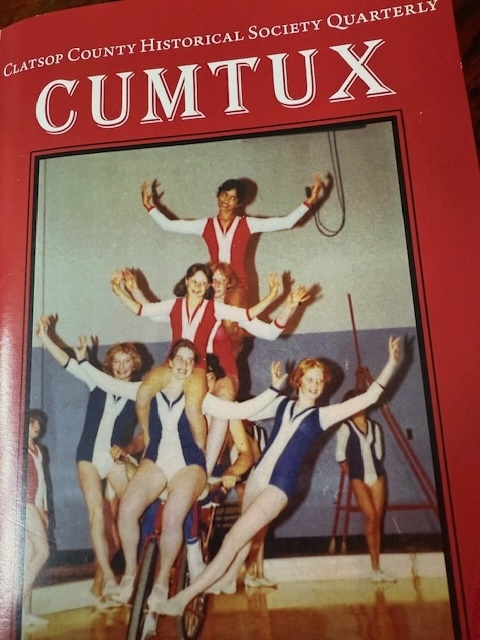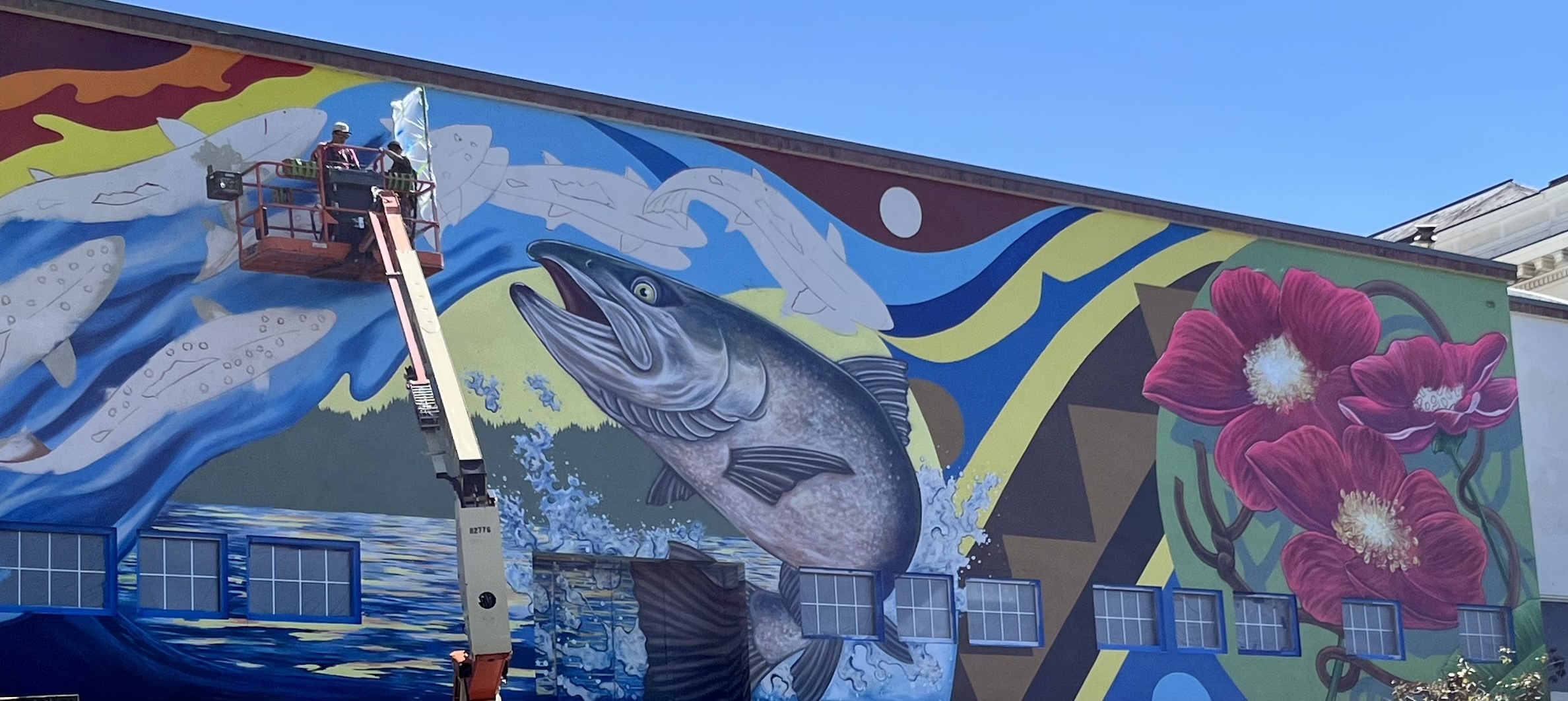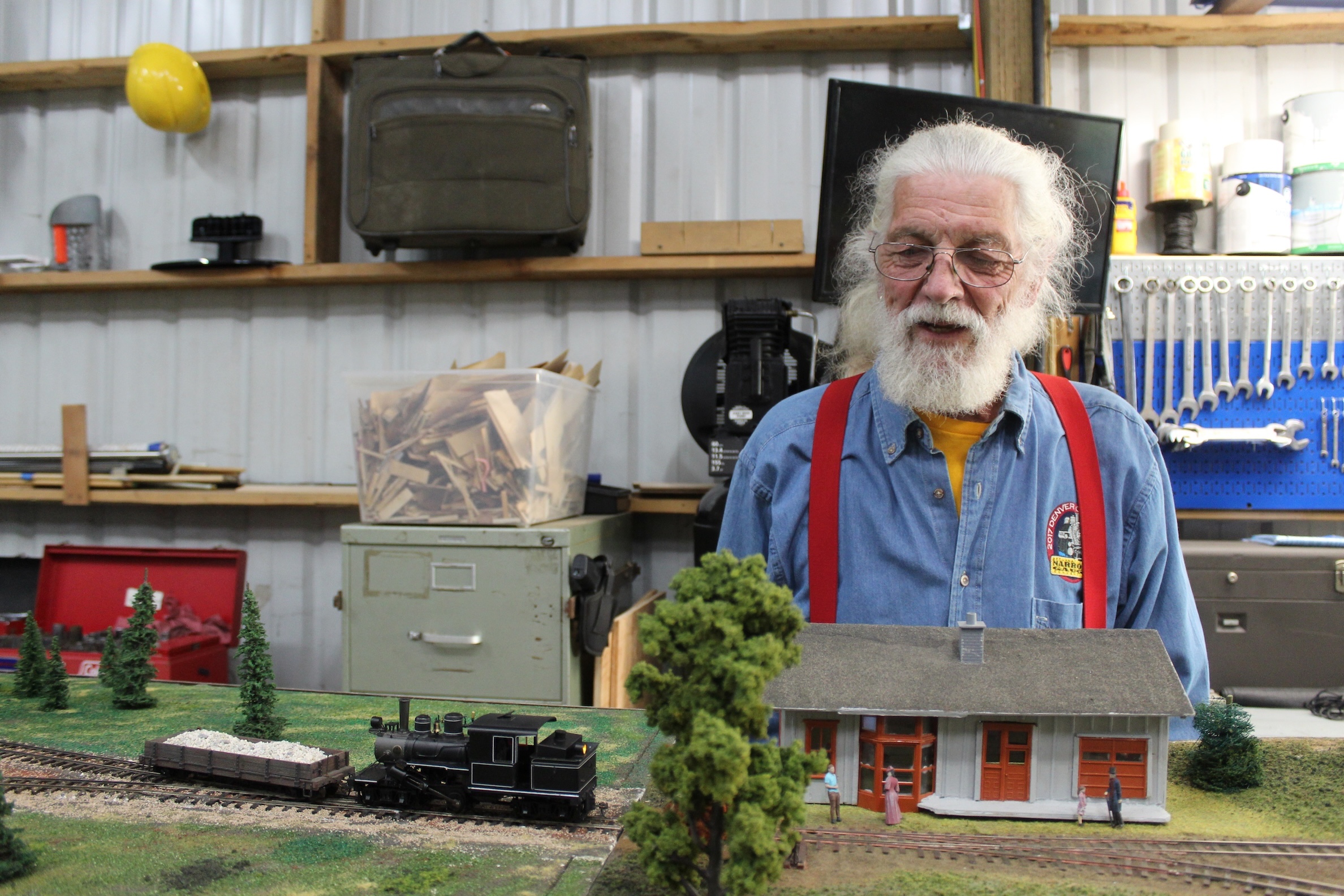Bookmonger: Studying Northwest feathered friends
Published 9:00 am Wednesday, February 15, 2023

- “A History of Oregon Ornithology” looks at how field observations by bird enthusiasts are growing a public knowledge base.
Oregon State University has been on the leading edge of the state’s ornithological studies for the last 80-plus years, so it’s fitting that Oregon State University Press has come out with two uplifting books about the birds of Oregon and the people who have championed their survival.
Trending
The state’s rich diversity of avian life, which includes waterfowl, songbirds, seabirds, raptors and an array of feathered creatures that migrate through every year via the Pacific flyway, has led to Oregon’s prominence as a center for avian research.
“A History of Oregon Ornithology,” edited by Alan Contreras, Vjera E. Thompson and Nolan M. Clements
Oregon State University Press — 296 pp — $34.95
“As the Condor Soars,” edited by Susan M. Haig, Daniel D. Roby and Tashi A. Haig
Trending
Oregon State University Press — 440 pp — $39.95
But, as a new book, titled “A History of Oregon Ornithology” points out, “people have observed birds as long as there have been people.”
Local tribes undoubtedly had vast stores of knowledge about local birdlife before Lewis and Clark’s Corps of Discovery came through in the early 1800s and reported on the birds of Oregon. By the time Oregon became a U.S. territory, others had picked up the pastime of studying birds.
“A History of Oregon Ornithology” focuses on how field observations by a growing number of bird enthusiasts led to an increasing knowledge base. That inspired the founding of birding societies and the professionalizing of researchers as the study of birds came into its own.
There was a growing awareness that the settling of these Western lands was introducing new threats — the feather trade targeted birds during breeding season, for example, while livestock grazing and farming usurped critical habitat.
This book shares lively anecdotes about Oregon’s ornithological pioneers, whose names are now attached to some of the bird species and wildlife refuges we know today.
As the editors gathered the content for this book, they realized that they’d acquired an overwhelming amount of information.
So they “peeled off” some of their chapters and handed them over to the folks who were working on the second book we’ll take a look at today. “As the Condor Soars” covers conservation and habitat restoration efforts that have taken place on behalf of Oregon’s birds over the past 70 years.
These are stories about problems and problem-solving.
In the 1970s, as a retiree, Hubert Prescott noticed the alarming decline of Western Bluebirds in the Willamette Valley. After carefully studying the issue, he installed and maintained over 200 bluebird nesting boxes in the area and successfully reversed the trend.
On the coast, an aggressive program to get rid of non-native beachgrass and non-native predators led to the successful recovery of the Western snowy plover.
And on the near horizon, the release of California condors within Yurok ancestral territory — just a few miles south of the Oregon border — and other releases planned for the Snake River may mean that the skies over Oregon will soon see condors again.
But the authors underscore that with climate change, restoration efforts depend on collaboration between researchers, tribes and government agencies, and cooperation by the general public in order to succeed.









